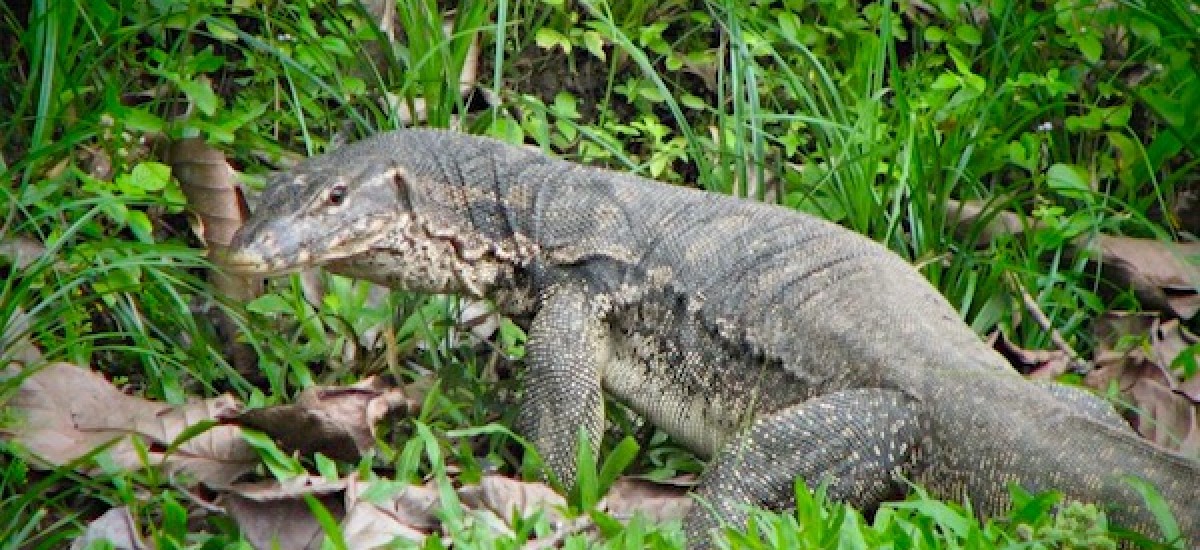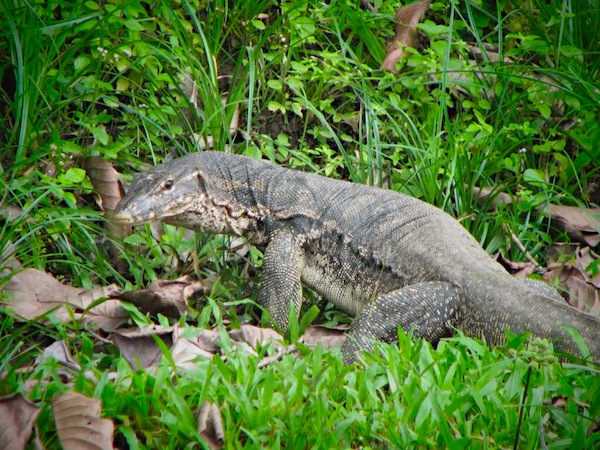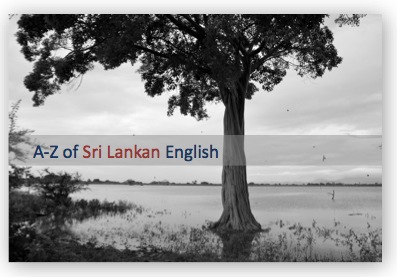Sunimal Fernando, speaking from the audience at my presentation on Sri Lankan English at the recent conference on Language and Social Cohesion (Colombo, 17-19 October), confirmed my own conclusion, that while the “English as a Life Skill” programme continues, Sri Lankan English has been quietly dropped from the agenda. This may be welcome news to those who feel Sri Lankan English has no relevance to English language teaching in Sri Lanka, but I argued in my presentation that without a recognised “standard Sri Lankan English” as a model, there is a danger that “English our way” will mean abandoning standards altogether, which is exactly what the critics feared in the first place.
One of the reasons why Sri Lankan English became sidelined (and this was also confirmed by Sunimal Fernando) was resistance from academics and ELT professionals in Jaffna, who felt that it was a Colombo-centric concept which did not take adequate account of the way English is used by all language communities, and especially by Tamil speakers. This argument was illustrated at the conference in a presentation by Sriranjini Anandakumarasamy, a lecturer at ELTC, University of Jaffna. She showed that recent English language textbooks for use in schools all over the country include a large number of Sinhala words masquerading as “Sri Lankan English”, but which are not familiar to Tamil speakers in the North, and many of which have English and/or Tamil equivalents. I would defend the inclusion of words such as thambili and gotukola in the SLE lexicon, but agree that they are not necessarily appropriate in an English-language textbook, especially if they are not matched by an equal number of Tamil words which are also commonly used in Sri Lankan English. If “English our way” means the Sinhalisation of English in Sri Lanka, then clearly something is wrong.
One of the words in the list was kabaragoya. In the context of the presentation, it is certainly arguable that this word could/should have been replaced by water monitor in the English textbook. But when I innocently asked what the Tamil word for kabaragoya is, three minutes of chaos ensued. Most of the people in the room either didn’t know, or couldn’t agree. The Tamil word for monitor lizard is udumbu, but this refers to the land monitor (thalagoya), and there does not appear to be a separate word (or at least one which is commonly used and understood) for the kabaragoya. So Tamil speakers do what speakers of all languages have always done when presented with such a gap in their lexis – they “borrow” the Sinhala word, and refer to it as a kabaragoya. But when I suggested that kabaragoya is an example of a Sinhala loanword which has entered Tamil, the idea met with some resistance.
Another presentation, by Dr Sandagomi Coperahewa of the University of Colombo, was on the subject of borrowings from Tamil to Sinhala over the centuries. (The linguistic term “borrowing” is odd in this context, because words thus appropriated are rarely returned to their original owner.) It is well established that Sinhala and Tamil are much more closely related than the traditional linguistic labels of “Indo-Aryan” and “Dravidian” imply, but even so the sheer scale of their shared vocabulary was striking. The point was also made that such borrowings tend to happen more frequently from a higher-prestige language to one with lower prestige, and the Tamil language did indeed enjoy high prestige in Sri Lanka, for example during the time of the Kandyan kings. This explains why there is resistance to the phenomenon of borrowing from language purists, who would prefer to come up with a word of their own rather than borrow one from someone else. This applies to many languages, Sinhala and French included, in an attempt to stem the unstoppable flow of unwanted English words.
As for kabaragoya, the word is well established in Sri Lankan English. It even appears in the Oxford English Dictionary, with an eccentric pronunciation which I cannot reproduce on my keyboard, but which approximates to “ka-baa-ra-goh-ya”. It is also one of “Knox’s Words” as documented by Richard Boyle, who cites 18 examples of the word in English language texts, from Robert Knox (who called it a kobberaguion in 1681) to Michael Ondaatje’s Running in the Family (1982). And by using the Anglicised plural kabaragoyas, Ondaatje confirms the extent to which the word has become “naturalised” into the English language.
###
A-Z of Sri Lankan English is“an all-new, occasional alphabetical dip“into the variety of English spoken in Sri Lanka, published exclusively on“Groundviews. The original A-Z of Sri Lankan English was published in the travelsrilanka magazine, and can be found here.



